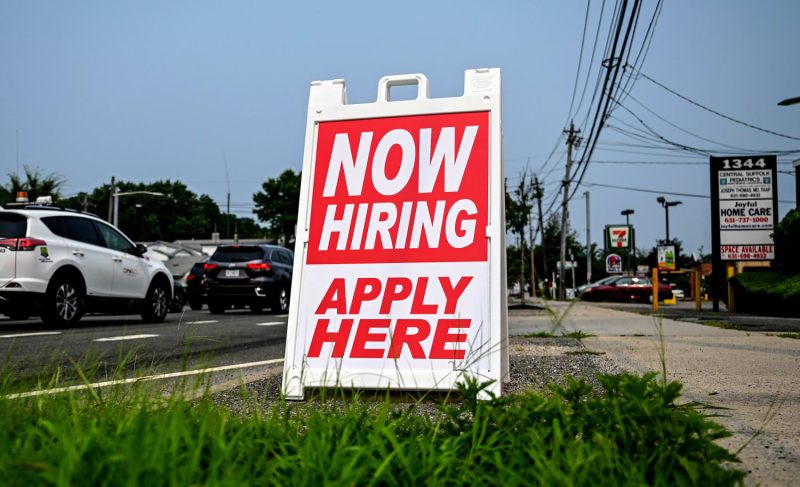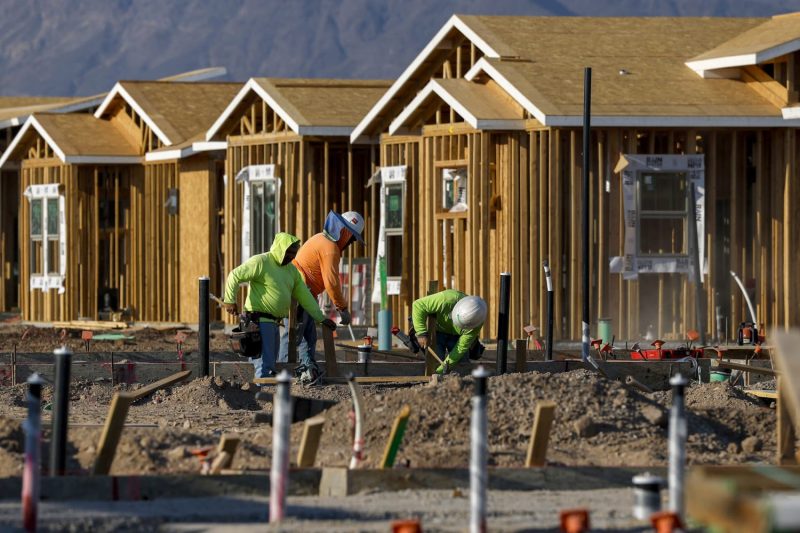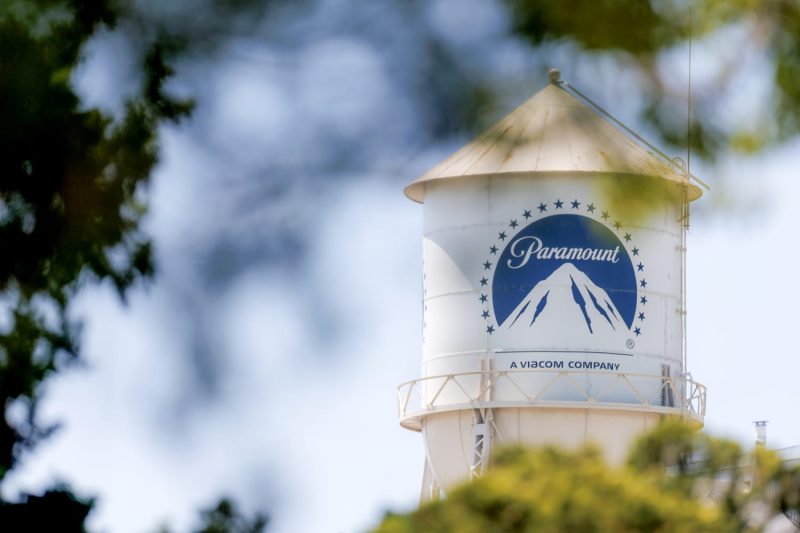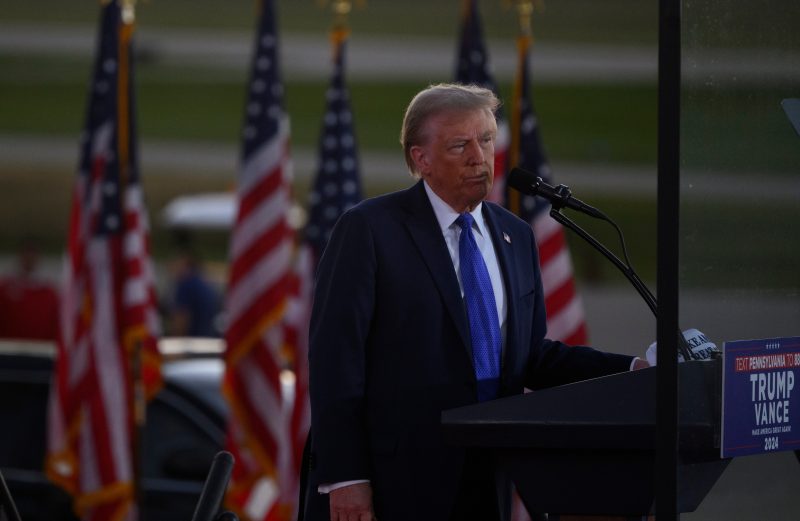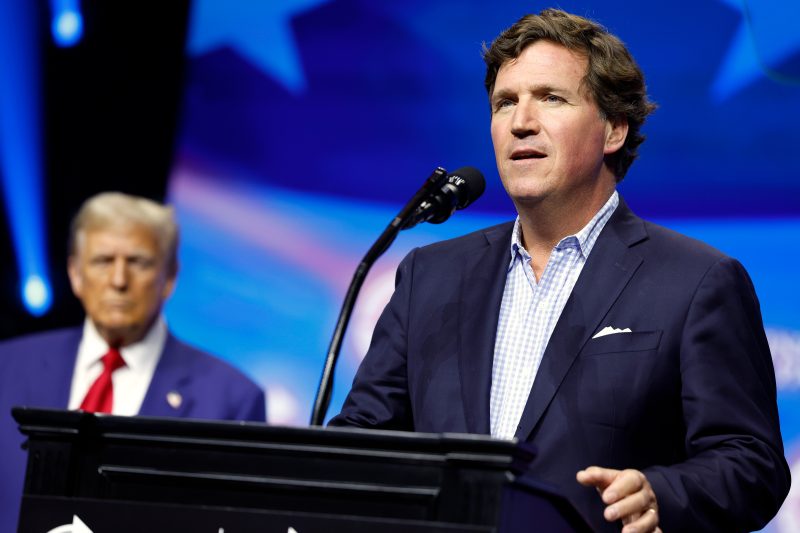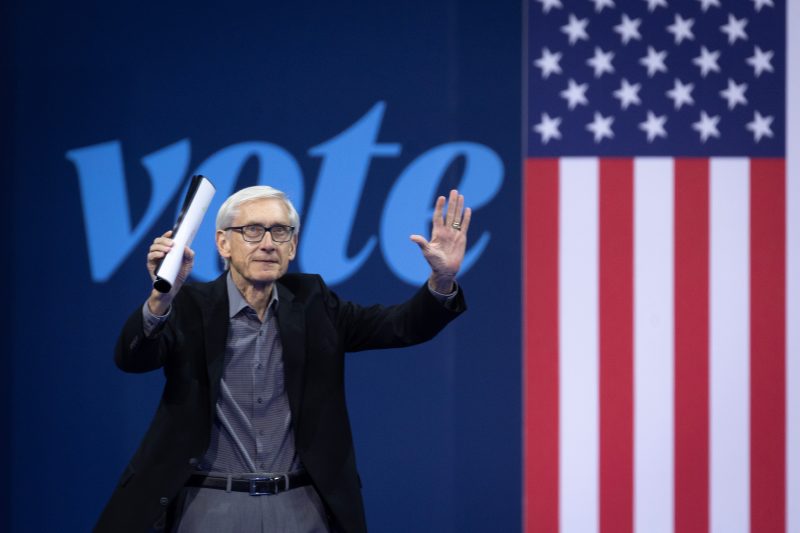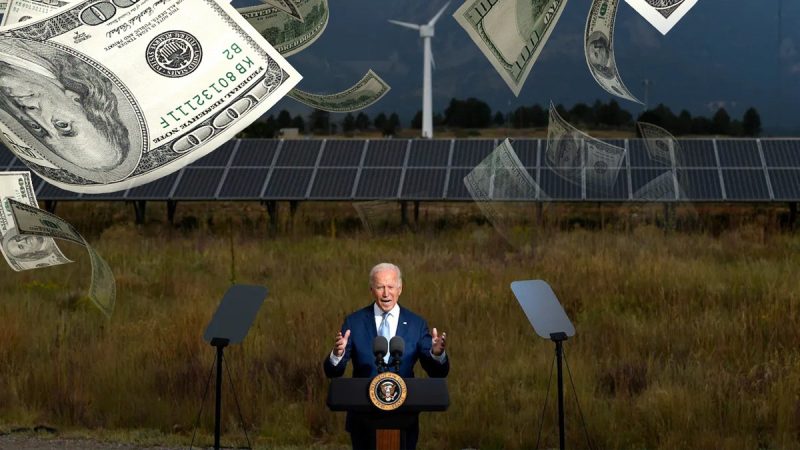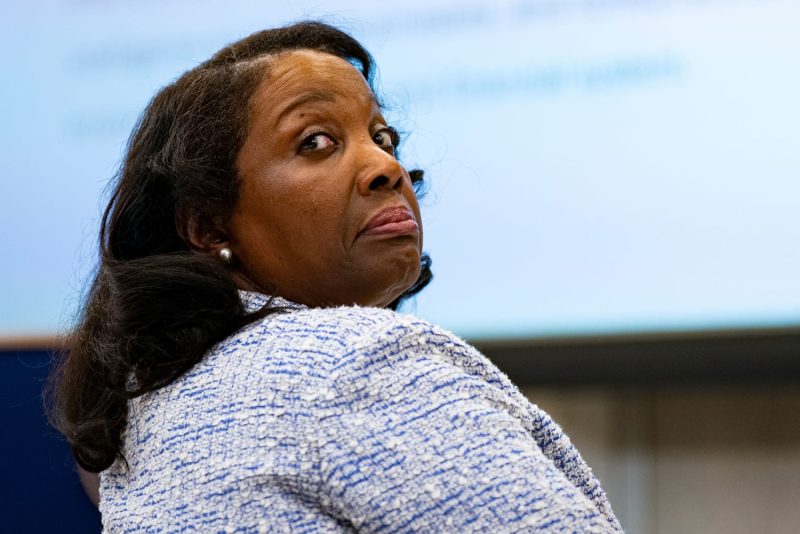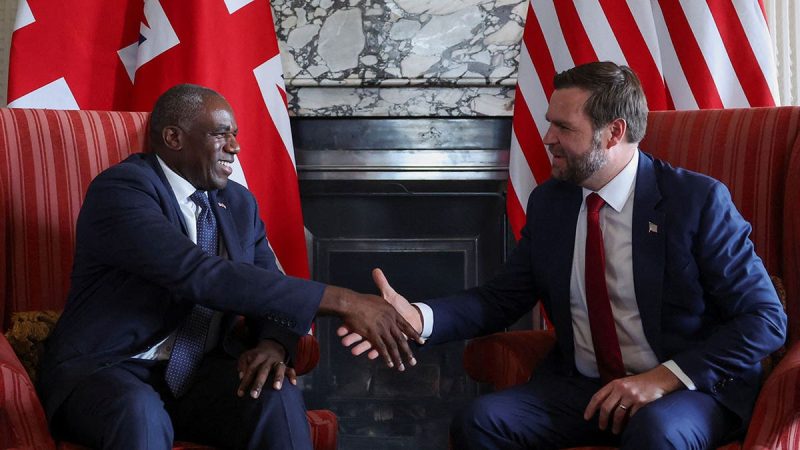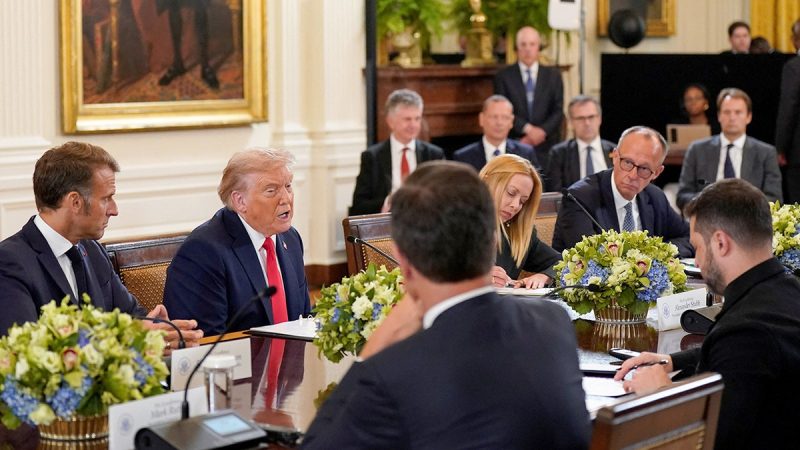The Liberal Party of Canada has emerged as the federal election winner under Prime Minister Mark Carney.
Carney, who ran the Bank of Canada from 2007 to 2013 and the Bank of England from 2013 to 2020, won the Liberal Party leadership race in March, following the resignation of former Prime Minister Justin Trudeau on January 6.
In what turned out to be a tight race, his party claimed a narrow victory over the Conservative Party of Canada, led by Pierre Poilievre, winning 168 seats to the Conservatives’ 144.
The win comes against a backdrop of strong rhetoric from US President Donald Trump, who since the start of the year has vowed to impose broad tariffs against Canadian goods, many of which are derived from the natural resource sector.
The mining sector is a major contributor to Canada’s economy. In 2022, the industry represented nearly 20 percent of Canada’s gross domestic product and C$422 billion in exports.
Although the mining market has been overshadowed by key issues of taxation, immigration and Trump, Canada’s natural resource development played an important role in the platforms of the two main parties.
Here’s how they stack up.
The Liberal Party plan
After a decade in charge, the Liberal party seemed to be facing an uphill battle at the start of the year, but a change in leadership brought about a reversal and has made the party more competitive in the polls.
Often regarded as an anti-oil party, the Liberal government has overseen an expansion of the resource sector in Canada, which has seen significant investment with the purchase and expansion of the Trans-Mountain pipeline.
In the run-up to the election, the party made grand promises to protect the environment, drive innovation and build the economy on the back of a strong natural resource sector. How does the Liberal Party plan to achieve this?
A focus on critical minerals
A main focus in the Liberal party platform has been on developing critical mineral projects.
This includes a “rock to road� approach, including the creation of a first and last mile fund that will provide up to C$750 million in funding by 2029 for onsite development, processing, and refining capacity. The fund will also invest in exploration activities, mineral recovery from mining waste, and end-of-life products like batteries.
It comes in addition to the party proposing a broader strategy for the critical mineral exploration tax credit that would include minerals necessary for defence, semiconductors, and energy production.
In its current format, the program provides investors with a 30 percent tax credit for critical mineral exploration projects. It was meant to stimulate funding for early-stage exploration projects that seek to find 15 minerals, such as rare earth elements, copper, cobalt, nickel, and titanium.
The platform did not include which new minerals would be added to the list.
In addition to supporting the discovery of new resources, the platform also includes a change to the clean technology investment tax credit, which would provide a break for investments in brownfield critical mineral projects.
Other initiatives include supporting the Canadian steel, aluminum, and forestry industries through a Canadian-standard approach to federal infrastructure and defence procurements and also stimulating downstream industries.
Streamlining permitting and trade
A major factor for resource companies before the election was the development times for new projects in Canada that could extend more than 10 years.
Permitting played a significant role in those timelines, and while the Canadian government has worked to get decisions down to five years, it hasn’t really moved the needle much.
The Liberal Party platform works to address this by creating a “one window� process that moves the review’s focus from the why to the how. The new system would require decisions to be made within a two-year timeline, including projects that fall under multiple laws or departments.
This would speed up the development of a breadth of resource projects from mining to oil and gas.
In addition to permitting, the party has also proposed economic corridors that would host diverse infrastructure projects, including energy, railways and highways. One key area would see Canada’s north being opened by a link from Yellowknife to the port at Grays Bay in Nunavut.
The Liberal platform has also proposed creating its own carbon border adjustment mechanism (CBAM). It will function similarly to what is in place in Europe and will tax higher carbon imports at a higher rate than domestic producers who have invested in lower carbon technologies.
A Canadian CBAM would also work to meet European standards and allow for more streamlined trade.
The Conservative Party plan
Conservatives have long been viewed as a pro-resource sector party. Their history has seen significant support for oil and gas companies through tax credits and loosening environmental regulations.
However, these initiatives were under the then-leader Stephen Harper more than a decade ago. They came before the start of the energy transition and a broader focus on the environment.
Could a Conservative Party of Canada policy found the balance between Canada’s environmental commitments and improving development within the resource sector?
A shift in legal frameworks
Among the first acts under a Conservative-led government would have seen them repealing two pieces of legislation introduced by the Liberals under Justin Trudeau.
The first, C-48, also known as the Tanker Moratorium Act, would once again allow tankers carrying greater than 12,500 metric tons of oil product to access ports along the North Coast of British Columbia.
The original act, passed in 2019, restricted the size of vessels carrying heavy crude products between the BC border with Alaska and the northernmost point of Vancouver Island. It still allows for transporting refined petroleum products and liquified natural gas and doesn’t limit the transport of any products along BC’s south coast.
Conservatives have opposed the bill since it was introduced, saying that it stymied the development of Canadian pipelines and limited Alberta oil’s access to Asian markets.
The other legislation being targeted under the Conservative plan was Bill C-69, which the Conservative Party colloquially referred to as the “No more development law.�
The law, passed in 2019, was designed to provide more consultation and federal review of major energy projects, and consider impacts on the environment, health, the economy and indigenous rights.
Opposition suggests that the law limits the construction of projects in the national interest, specifically pipelines to the East Coast.
The Conservative plan would also have eliminated or reduced taxes on the Canadian resource sector, including the industrial carbon tax and the federal fuel and electricity taxes. The party claimed the cuts should be made to be more competitive with the US. However, the plan never addressed trade with other regions, particularly Europe, which requires some form of carbon tax on imported minerals and resources.
How would Conservatives have supported the resource sector?
As part of its platform, the Conservative Party vowed to “unleash Canadian energy and resources.�
In addition to promising to repeal laws focused on the oil and gas sector, the party also promised to create a national energy corridor. Along the corridor, key infrastructure projects like pipelines, railways, and transmission lines would have received fast-tracked approvals, allowing for more rapid development.
The idea would have created more pipeline and resource infrastructure across Canada. However, the platform never discussed how it would work with Quebec, which has remained firm about not allowing pipelines.
The Conservatives also vowed to cut red tape by creating a “one and done� approval process. The streamlined approach to regulatory approvals would have created a single application that included environmental reviews. The plan also proposed that the federal government partner with the provinces to deliver decisions within a maximum of one year.
Regarding direct funding initiatives, the party lacked details. The only infrastructure spending involved an investment to construct a roadway for Ontario’s Ring of Fire region. The platform suggested this would entail C$600 million in spending between 2026 and 2029 and would have provided access to the region for critical mineral mining.
To stimulate funding in the Canadian economy, the party instead proposed a C$5,000 increase to TFSA contributions destined for Canadian companies.
Other promises included opening Arctic ports for oil exports and expanding the port at Churchill to extend the shipping season through Hudson’s Bay. The bill would also have created a First Nations resource charge, allowing companies to cede a portion of federal taxes to indigenous communities.
Securities Disclosure: I, Dean Belder, hold no direct investment interest in any company mentioned in this article.

